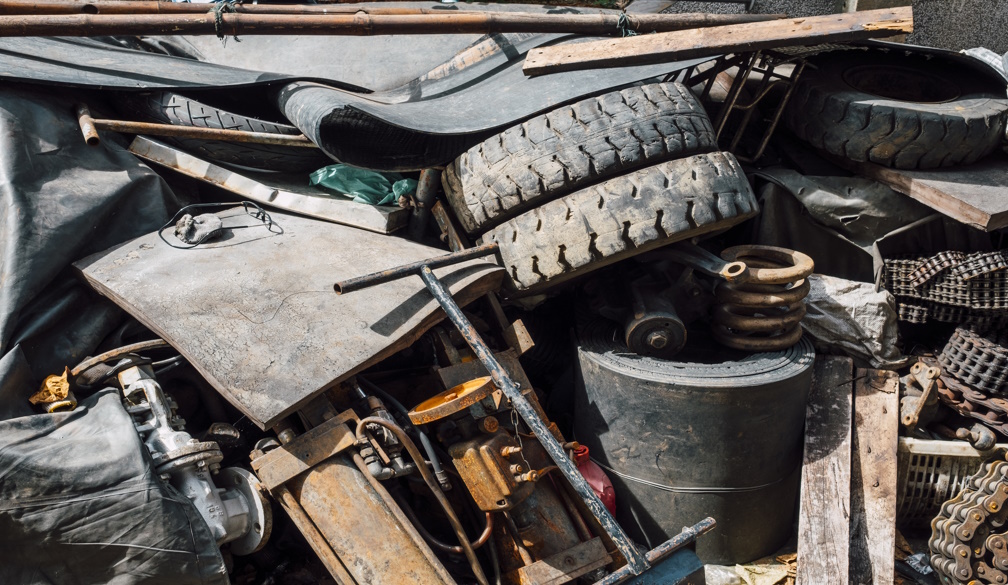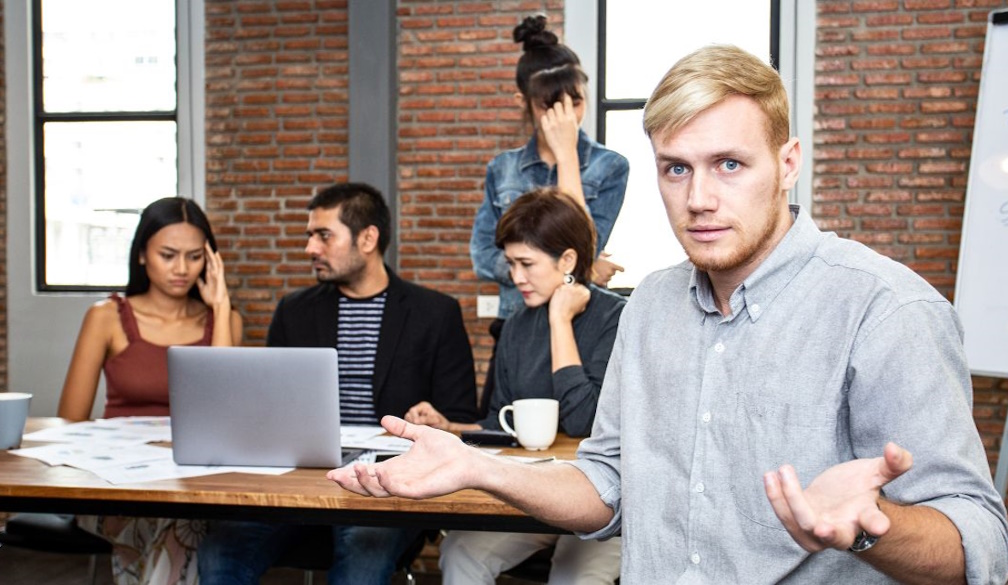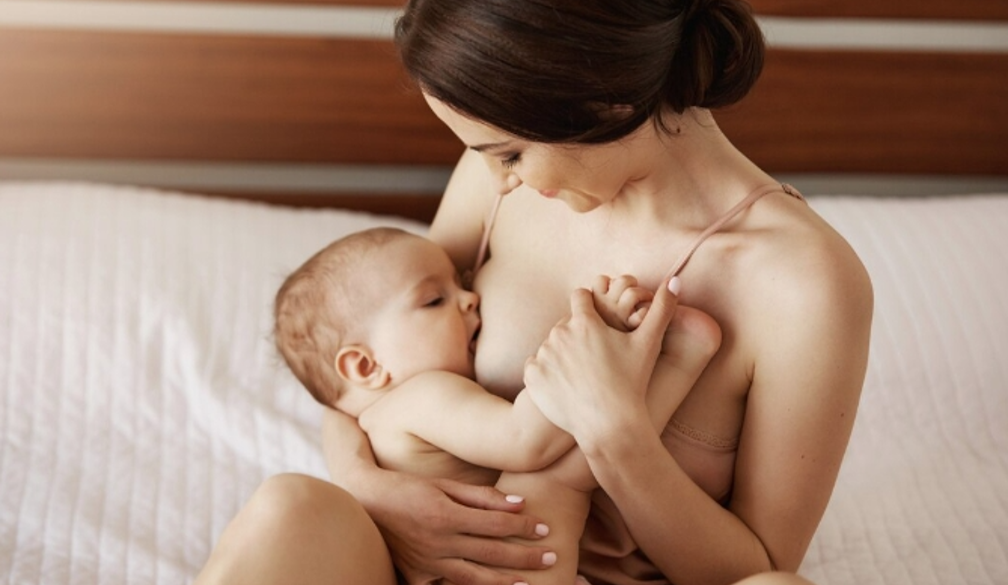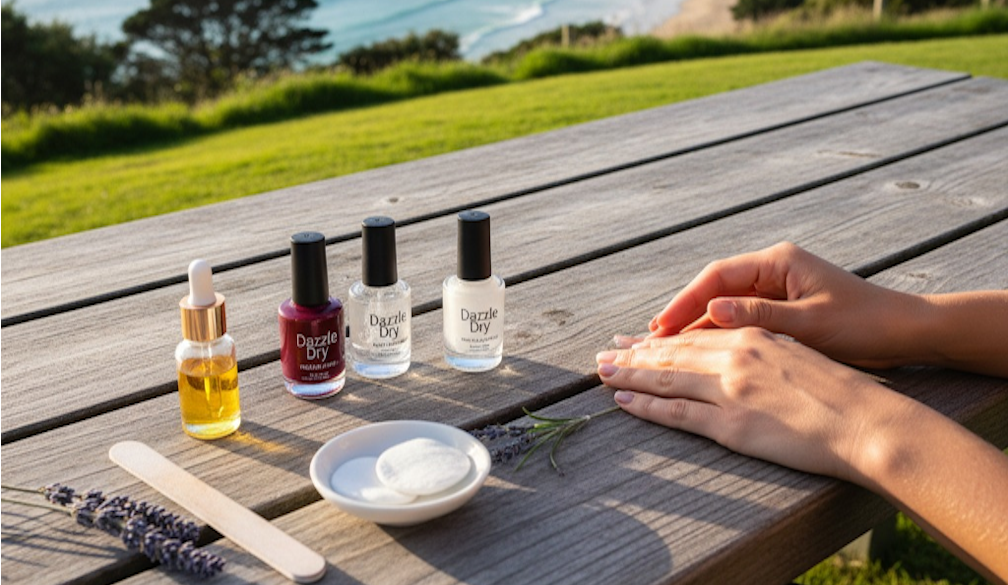How can we ethically display the dead in museums? What about resin casts of those who died violently in Pompeii?
- Written by Georgia Pike-Rowney, Friends' Lecturer in Classics and Curator, ANU Classics Museum, Australian National University
We are used to seeing dead bodies in movies and TV shows, but how should we feel when presented with a dead person from the ancient past in a museum?
The collection and display of human remains is a complex topic. Around the world, some museums are choosing to remove human remains from display, with some arguing those who have died cannot consent to being displayed (let alone being collected).
This has been of particular concern for collections that include First Nations Ancestors. Often taken violently and without consent, many Ancestors are now being returned from museums and collections through formal restitution and repatriation.
The display of death in a museum space raises a range of issues. Is it ethical to display those who have died? Who has given consent for the display? Will it potentially distress visitors? Is the display necessary? Or are we shying away from the basic facts of life and death if we choose not to show those who have died?
Advances in technology have opened up further questions. Our ability to scan and digitise, make resin casts, copies and moulds of human remains, means that lifelike versions of people who have died – sometimes violently – can theoretically be displayed anywhere in the world.
Should these casts be repatriated just as the biological remains have been? Are scans, copies and casts invasive in their depictions of the dead? And should museum-goers be warned as to the traumatic nature of what is on display, even if a copy or impression?
From Egypt to Italy
Human remains, such as mummified people, attract great public interest. The National Museum of Australia’s recent Egypt exhibition was its most popular to date, with more than 208,000 visitors.
The museum’s exhibition included a display of mummified people in a separate room accessible from the main exhibition space. Visitors could not see the mummified people unless they chose to enter the room. The bodies were presented in their wrapped state, with a scan nearby revealing details of what lay beneath the wrapping. This slightly separated space provided the viewer with an opportunity for a moment of quiet reflection.
The museum’s current exhibition, Pompeii: Inside a Lost City, displays resin copies of 19th and 20th century casts of those who perished in the volcanic eruption of Vesuvius in 79 CE.
Through the ingenuity of archaeologists, the original casts were created by injecting plaster into cavities left by those who died in the now solidified pyroclastic flow. Unlike some of the original casts, the resin copies on display at the museum include no biological remains.
The exhibition has been designed to mimic a Pompeiian streetscape, with the casts displayed in a group in a semi-open space to the side of, but still amongst, the main exhibition space. The display is delineated by a low barrier of about knee height.
One cast is partially visible over this low barrier – an adult clutching their face in their hands. Visitors are required to come closer and peer over the barrier to see the other casts, including two adult men in a semi-embrace, a three-year-old child, and a dog. The comparatively open display does not provide the same opportunity for quiet reflection made possible in the Egypt exhibition.
The Pompeii exhibition is accompanied by an animated eruption of Mount Vesuvius, complete with visualisations of falling lapilli and soundscape. While this display is impressive, the casts in the exhibition provide the main intimation of the horrific deaths suffered by some 2,000 Pompeiian victims. As our eyewitness Pliny the Younger records:
You could hear the shrieks of women, the wailing of infants, and the shouting of men; some were calling their parents, others their children or their wives, trying to recognise them by their voices.
The museum was criticised by critic John McDonald for the “over the top” way it created a separate space for mummified people in the Egypt exhibition. Critic Christopher Allen questioned a ceremony where Traditional Custodians welcomed the mummified people on to Country, suggesting a mummified person would not have thought this ceremony “relevant or appropriate”.
I would ask whether the mummified person would have approved of being on display at all.
But what of the Pompeiian casts? They contain no biological remains. Yet they reveal the facial expressions of people in their last agonised and traumatic moments, including those of a very small child. Given the visceral nature of these impressions, they have the potential to distress some museum visitors perhaps more so than a wrapped mummified person.
The museum’s decision to display them in a comparatively open setting, particularly after the careful approach in the Egypt exhibition, is intriguing. Some signage warns visitors of the loud eruption and the presence of the copies of casts, as it’s possible to view at least one of them accidentally as you move through the exhibition space.
A fraught world
Museums across the globe are seeking to balance the need to minimise possible distress for the public with maximising educational opportunity and access. This is, at times, a complex task, particularly in the fraught world of the ancient Mediterranean, imbued as it is with violence, enslavement, conquest, sexual violence, gender inequality and colonial legacies.
Many museums are conducting research to find some answers. Dr Melanie Pitkin of The Chau Chak Wing Museum at the University of Sydney leads the Human Remains Research Project involving culturally specific approaches to caring for human remains. For Egyptian mummified remains, this involves consulting with Egyptian descent communities and the public through surveys and round table discussions. Thus far, this project has developed culturally specific guidelines and removed unwrapped body parts from their displays.
Other museums, such as the Smithsonian, have chosen to remove all human remains from display. A recently released policy brief by a group of MPs in the UK, Laying Ancestors to Rest, calls for all human remains to be removed from British museums. It is mostly focused on colonial collecting of African human remains.
The ethics of casts, moulds and copies of human remains is an area of growing concern and research, particularly in relation to colonial collections that include First Nations Ancestors. Anthropological moulds of both dead and live people have historically been collected in colonial contexts, often without consent and in violent circumstances.
For instance, Otto Finsch (1839-1917), a self-taught German naturalist, ethnologist and museum curator made a series of 164 “ethnic” casts, comprising 155 casts of human faces and nine casts of other human body parts. Some of these were taken from First Nations’ Australians in largely unknown circumstances.
The Staatliche Museen zu Berlin recently returned Ancestral Remains to Australia. The case is building for the return of 19th century moulds in their collection as well. In 2023, Germany’s Staatliche Ethnographische Sammlungen Sachsen returned eight plaster casts of Māori people to Aotearoa New Zealand, one of which was based on a “life mask” made by Finsch.
We cannot apply the same ethical frameworks around casts of First Nations Ancestors to the Pompeiian casts, belonging as they do to very different times, places, and cultural contexts. And whilst consent from the ancient Pompeiians themselves might be lacking, the country of origin, Italy, is collaborating with the National Museum of Australia to make the copies available for display.
The casts help us to be mindful of the human tragedy at Pompeii, as we appreciate their artworks and the material of their everyday lives. Despite this, I feel more could be done to allow visitors a choice as to whether or not to view the casts, in a way that promotes greater reflection and reverence for those who perished.
This is not an easy task. We need creative and respectful ways to engage meaningfully with the realities of life and death. Most importantly we need conversation, the sharing of different and sometimes conflicting perspectives. The Pompeii exhibition provides a perfect opportunity for such discussions to take place.
Authors: Georgia Pike-Rowney, Friends' Lecturer in Classics and Curator, ANU Classics Museum, Australian National University


















